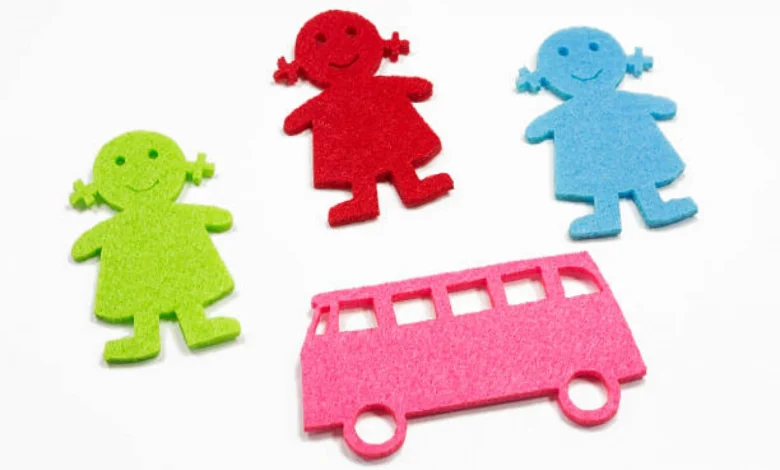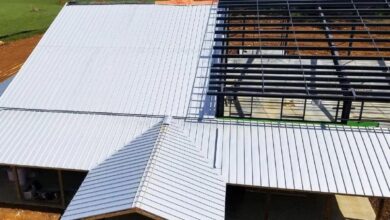Custom Fridge Magnets for Kids: Fun and Educational Designs for Little Ones

Fridge magnets are more than just decorations; they can also be powerful educational tools, especially for kids. Custom fridge magnets with fun and educational designs can help children learn while they play. In this comprehensive guide, we’ll explore the benefits of using custom fridge magnets for kids and provide ideas for fun and educational designs.
Benefits of Custom Fridge Magnets for Kids
1. Learning Through Play
Custom fridge magnets can make learning fun and engaging for kids. They can learn new words, numbers, and shapes while playing with the magnets on the fridge.
2. Creativity and Imagination
Fridge magnets can spark creativity and imagination in children. They can create stories and scenes using the magnets, which can help develop their storytelling skills.
3. Fine Motor Skills
Playing with small fridge magnets can help improve a child’s fine motor skills. Picking up and moving the magnets around can strengthen their hand muscles and improve coordination.
4. Language Development
Custom fridge magnets with letters and words can help children learn new words and improve their language skills. They can practice spelling and forming sentences with the magnets.
5. Numeracy Skills
Fridge magnets with numbers can help children learn basic math concepts like counting, addition, and subtraction in a fun and interactive way.
6. Shape and Color Recognition
Fridge magnets in different shapes and colors can help children learn to recognize and differentiate between shapes and colors.
7. Bonding Time
Playing with custom fridge magnets can be a great bonding activity for parents and children. It provides an opportunity for quality time together.
Fun and Educational Designs for Custom Fridge Magnets
1. Alphabet Magnets
Alphabet magnets are a classic educational toy. They can help children learn the alphabet, spell words, and even form simple sentences.
2. Number Magnets
Number magnets are great for teaching children numbers and basic math concepts. They can use the magnets to practice counting and simple arithmetic.
3. Shape Magnets
Shape magnets can help children learn about different shapes like squares, circles, triangles, and more. They can also learn to identify objects in their environment that have these shapes.
4. Animal Magnets
Animal magnets can be both fun and educational. Children can learn about different animals, their names, and the sounds they make.
5. Fruit and Vegetable Magnets
Fruit and vegetable magnets can help children learn about healthy eating habits. They can also learn the names of different fruits and vegetables.
6. Map Magnets
Map magnets can help children learn about geography. They can learn the names of countries, continents, and oceans while playing with the magnets.
7. Seasons and Weather Magnets
Seasons and weather magnets can help children learn about the different seasons and types of weather. They can also learn about the clothes and activities associated with each season.
Tips for Using Custom Fridge Magnets
1. Supervision
Always supervise young children when they are playing with small fridge magnets to prevent choking hazards.
2. Storage
Store fridge magnets in a safe place when not in use to prevent them from getting lost or damaged.
3. Educational Games
Create fun educational games using the fridge magnets to keep children engaged and learning.
4. Rotate Magnets
Rotate the magnets regularly to keep the activities fresh and exciting for children.
5. Incorporate Learning
Encourage children to incorporate what they’ve learned from the magnets into their daily lives, such as identifying shapes and letters around them.
Conclusion
Custom fridge magnets can be a fun and educational tool for children. They can help children learn new words, numbers, shapes, and more while playing. By using fun and educational designs, custom fridge magnets can make learning engaging and interactive for kids. So why not consider adding some custom fridge magnets to your home to help your little ones learn and play at the same time?
Also Read: Cracking the Code: Understanding the Science of Insulation in Metal Buildings





